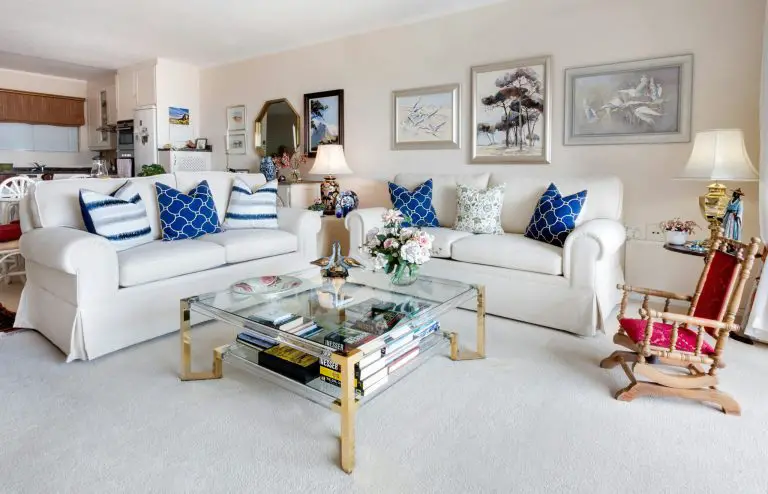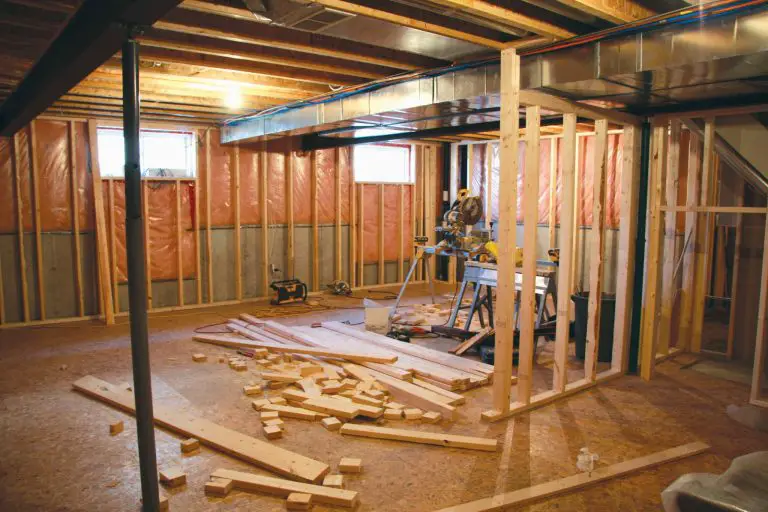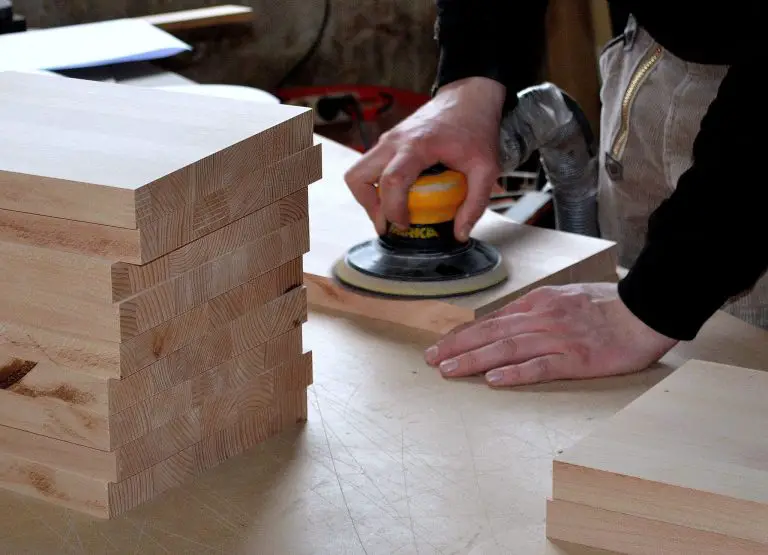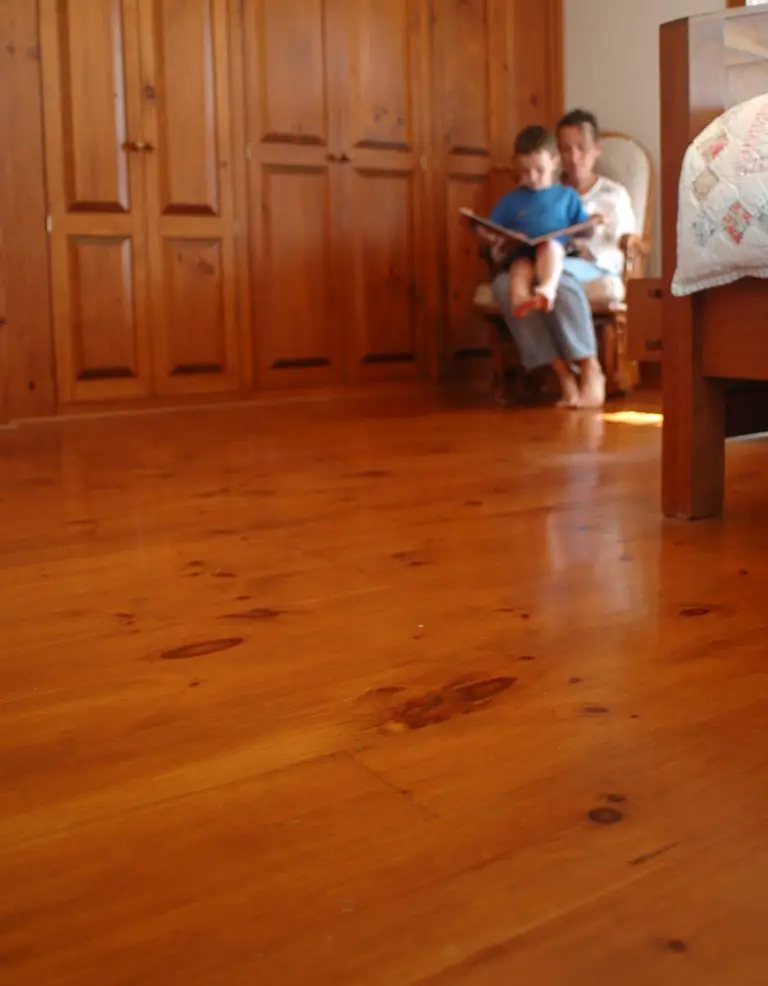
A few years ago I got an email from Mark K. He’s from British Columbia, Canada, and he’s been asking me questions over a few years as he builds his beautiful log home. Mark’s latest questions have to do with choosing finished flooring, and my answers can help anyone interested in pine floors.
Mark: I’m aware of the benefits of engineered flooring, however I’m very fond of pine. I know it’s soft, dents easily and might be subject to cupping and warping. Am I crazy to go with pine? I grew up in Quebec and have fond memories of pine floors in the old houses there.
Steve: If you’re crazy then I am, too. When I built my own house I laid down tongue and groove white pine boards 3/4” thick x 5 1/2” wide as a finished floor. Sanded and finished they’ve held up well over the last 30 years. This said, the species of pine makes all the difference. Red pine, for example, is quite a bit harder than the white pine I used and would be a better choice. My daughter lives in a 100+ year-old house and the original red pine floors still look great after the kids refinished them a couple of years ago.
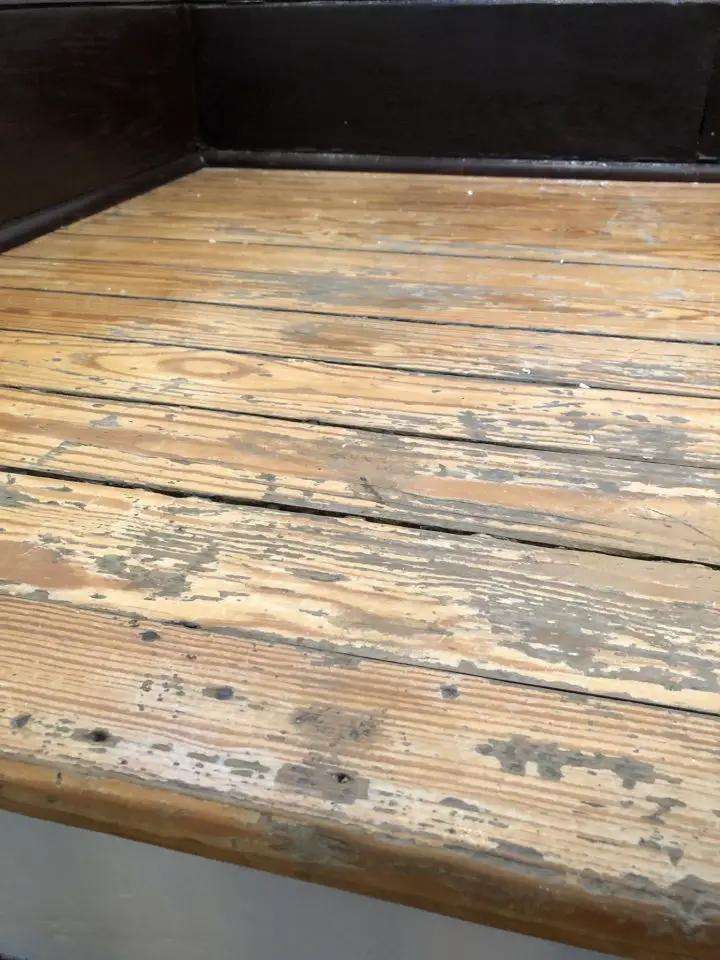
Mark: What kind of underlay should I use underneath my pine flooring?
Steve: There are many types of underlay and I would go with one made for hardwood flooring. Felt underlay is well known for use here and it works well under pine or any other kind of solid wood flooring, too.
Mark: Which type of floor nailer, nails or staples would you recommend for maximum nail down strength?
Steve: I’d use the same kind of fasteners suitable for any type of solid hardwood flooring. The kind of flooring nailer that operates with compressed air and a mallet blow would work well.
Mark: Should I use oil, shellac or urethane to finish the floor? I want a light honey or amber colour.
Steve: You’re wise to go with a light colour because a dark stain makes damage and wear show through more obviously when applied over a light wood such as pine. As for finishing products, shellac is out because it’s too fragile. Satin polyurethane is a good choice for wood floors because it’s tough and works well. Government regulations have made most modern formulations of urethane more difficult to apply smoothly, but I know of one brand that is just as easy to use as the great urethanes from years ago. I really like Varathane Pro Finisher. It’s far better than any of the water-based stuff out there because it dries slowly enough that the liquid has a chance to flow out and eliminate brush marks before hardening. The only problem with any urethane is that it can’t be repaired. If you wear through in places or get dents and dings (and you will), you’ll need to sand back the whole floor to bare wood and re-coat.
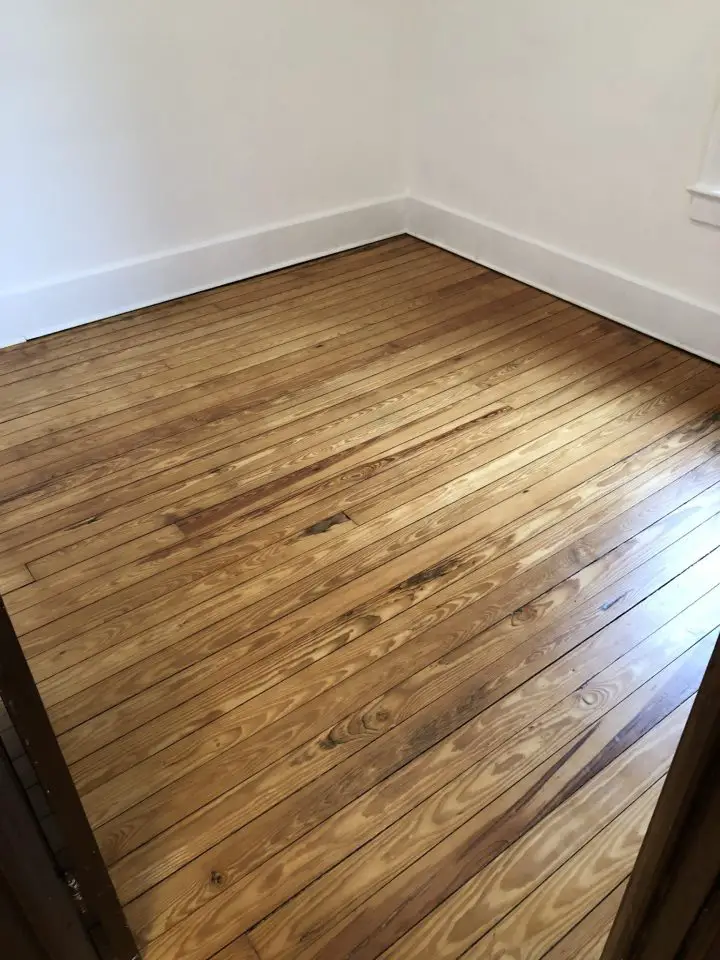
Polymerized tung oil is a finishing alternative that’s different. Although it takes 5 or 6 coats to provide meaningful protection for a floor, when damage or wear does occur it’s simply a matter of wiping on more oil in the wear area. Regardless of the finishing product you use, make up test samples using scraps of your flooring, sanded and coated completely using whatever method you’re testing. This little bit of extra work can save you a ton of grief. Finishes with a satin sheen (as in the image above) show imperfections less obviously than shinier products.
Mark: Do you have any pointers or warnings I should take into account?
Steve: If you opt for urethane, vacuum the floor so it’s surgically clean, apply the first coat, then sand lightly with 220-grit paper to knock off the raised grain after the urethane is completely dry. Repeat the coating, sanding and vacuuming process for a total of four coats, leaving the last coat unsanded.
Got a wood floor that’s worn but not too badly? Here’s a method for refinishing without completely sanding back to bare wood. I’ve used this successfully several times.







